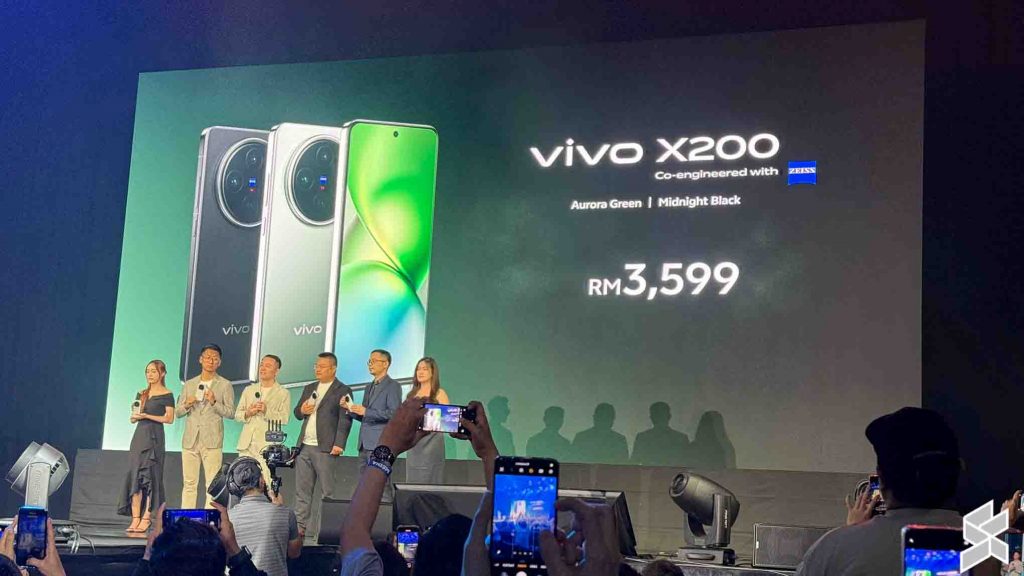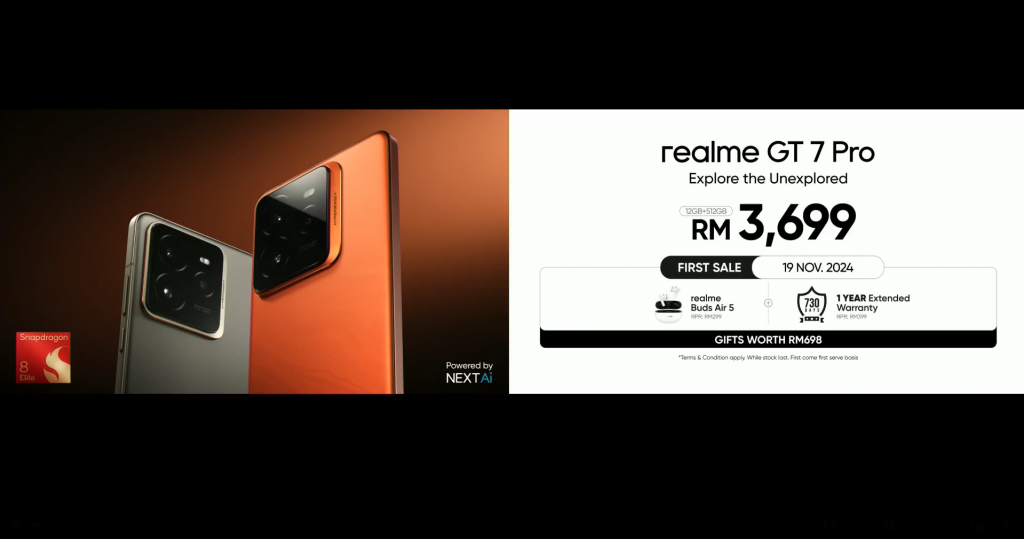180-degree security cameras cover a massive area, which is the reason they are preferred for video surveillance.
In this article, we will discuss what a 180-degree camera is and how does it works. We will explain their types and some important factors you need to consider while buying them. We have also hand-picked some of the best cameras to save you time.
What is a 180-degree IP camera?
A 180-degree IP camera offers 180-degree field of view. It covers a wider area, which is why you need fewer cameras for surveillance.
Some of these cameras can pan and tilt over a range, while some cameras have dual lenses, and the final image of both lenses is combined through a stitching algorithm. That’s how you get a 180-degree field of view.
Other than that, all features are almost similar to common IP cameras.
Types of 180 Degree Security Camera
We can categorize 180-degree security camera on the basis of their usage, wiring, and lens type. Let’s see how they differ.
Indoor vs. Outdoor 180 Degree Security Cameras
Indoor security cameras are used to monitor babies, pets, and the elderly. They are also great for keeping an eye on the kids. They are specifically designed for indoor purposes. They might lack weatherproofing, warning & alarm systems, etc.
On the other hand, outdoor 180-degree cameras cover a massive outdoor area. They can withstand weather conditions, deter intruders, etc.
Wired vs. Wireless 180 Degree Wide Angle Security Camera
Wired 180-degree cameras require wire for power and networking. If it’s a PoE camera, you need an Ethernet cable. If it’s a Wi-Fi camera, you need to connect it to a nearby AC supply.
Wireless 180-degree cameras are battery-powered, and they last for a long time after full charge. Secondly, they use Wi-Fi or 4G for networking, so no wire is needed. They are easier to install.
Panoramic vs. Fisheye 180 Degree Camera
Panoramic cameras capture images through multiple lenses, and finally, the image is joined to create a 180-degree view. There is minimal distortion, and the resolution is exceptional.
On the other hand, fisheye cameras offer a wider view, which looks oval or circular. You will experience more distortion and lower resolution. However, they eliminate blind spots.
What to Consider When Choosing 180 Degree Security Cameras
Here are some important factors and features to consider while selecting a 180-degree security camera.
Image Quality
For clear images and exceptional details, you should go with a 4K security camera. It unveils intricate details, such as license plates and facial features.
Night vision is a must to capture clear images at night and in low-light conditions. You can go with colored and black-and-white night vision, and some cameras offer both.
Field of View
Check the field of view to ensure the camera offers a 180-degree view. If it is a pan and tilt camera, you can check the range of the movement.
Smart Detection
The camera should have smart detection to detect animals, vehicles, and persons. It should send instant and accurate alerts to your devices.
Durability and Weather Resistance
The build quality of the camera should be excellent to last for a long time and prevent tampering and damage. It should also prevent water and dust from getting into it and perform in all weather conditions.
Best 180 Degree Security Camera Recommendation
After careful evaluation, we have hand-picked some of the best 180-degree security cameras you try for optimal security.
Reolink Argus 4 Pro
Reolink Argus 4 Pro is a state-of-the-art dual-lens camera that records 180⁰ super wide view. It gathers more details in one frame and helps you cover a wider area. It is equipped with Reolink ColorX technology that contains an F1.0 aperture to capture more light at night and offer better videos with extra illumination.
Key Features:
– 4K UHD 180° Blindspot-Free View: The dual-lens design of the Argus 4 Pro captures a wide area with its 180° field of view, ensuring no blind spots are left.
– Color Vision Day and Night: The advanced sensor and large aperture lens ensure vibrant colors and sharp images throughout the night, significantly enhancing nighttime surveillance capabilities.
– 30% more battery life: The Argus 4 Pro’s use of ColorX technology not only enhances night vision capabilities but also significantly improves energy efficiency. By avoiding the typical power consumption associated with infrared night vision cameras, it saves up to 2 watts per hour.
– Wi-Fi 6 Ready, Smooth 4K Streaming: With its fast speed and uninterrupted connection, elevate your home security to a new level without any limitations.
– Enhanced Smart Detection with Accurate Alerts: Argus 4 Pro features a 180° ultra-wide-angle PIR sensor, perfectly complementing its wide field of view for comprehensive detection.

Reolink Duo 3 PoE
Duo 3 is a PoE camera for 24/7 continuous surveillance. It contains a dual lens to capture a 180⁰ panoramic view. It summarizes a 15s video in one picture to give you more details in a frame. It can smartly detect persons, vehicles, and pets and even deter intruders through the warning system.
Pros:
– 4K 16MP offers incredible details in the videos
– Flexible and versatile storage options
– Dual night vision to work in all scenarios
– Wider cover with motion tracking
Cons:
– Need to wire Ethernet


Reolink Go PT Ultra
This is a standalone camera ideal for remote locations. It is completely wireless and does not require Wi-Fi. You need to insert a SIM card for 4G, and it can be powered using a small solar panel. It offers a wider pan and tilt range to offer 360⁰view with incredible clarity.
Pros:
– Offers smart detection and double-warning
– Battery lasts for a long time
– Works in all weather conditions
– Dual night vision modes
– Easy to install
Cons:
– Weatherproof but not IP-67 rated


FAQs
1. Do security cameras have 180-degree view?
Not all security cameras offer a 180-degree view. For that, there must be an appropriate lens or multiple lenses. Some cameras also capture a 180-degree view through pan and tilt movements.
2. How do 180-degree cameras work?
180-degree cameras have more than one lens, so each captures a different image. Finally, the images are joined through an algorithm to create a 180-degree view. However, some cameras need to rotate left, right, up, and down to capture a wider view.
3. What is the maximum angle of a CCTV camera?
The maximum angle of most CCTV cameras is 180 degrees. But some cameras also offer a 360-degree field of view through pan and tilt movements.
Conclusion
180-degree cameras cover a wider area compared to the common ones. If you install these, you will need fewer cameras, and you can capture more details in one frame. We have explained the important factors you need to consider while buying these cameras. If you want to save time, you can consider the recommendations we have shared. These hand-picked 180-degree cameras offer optimal security with advanced features.



